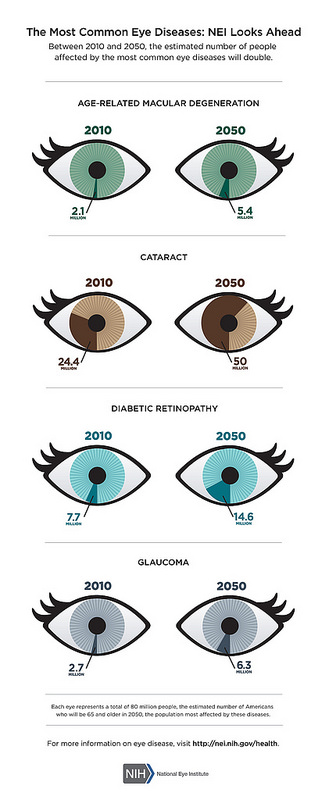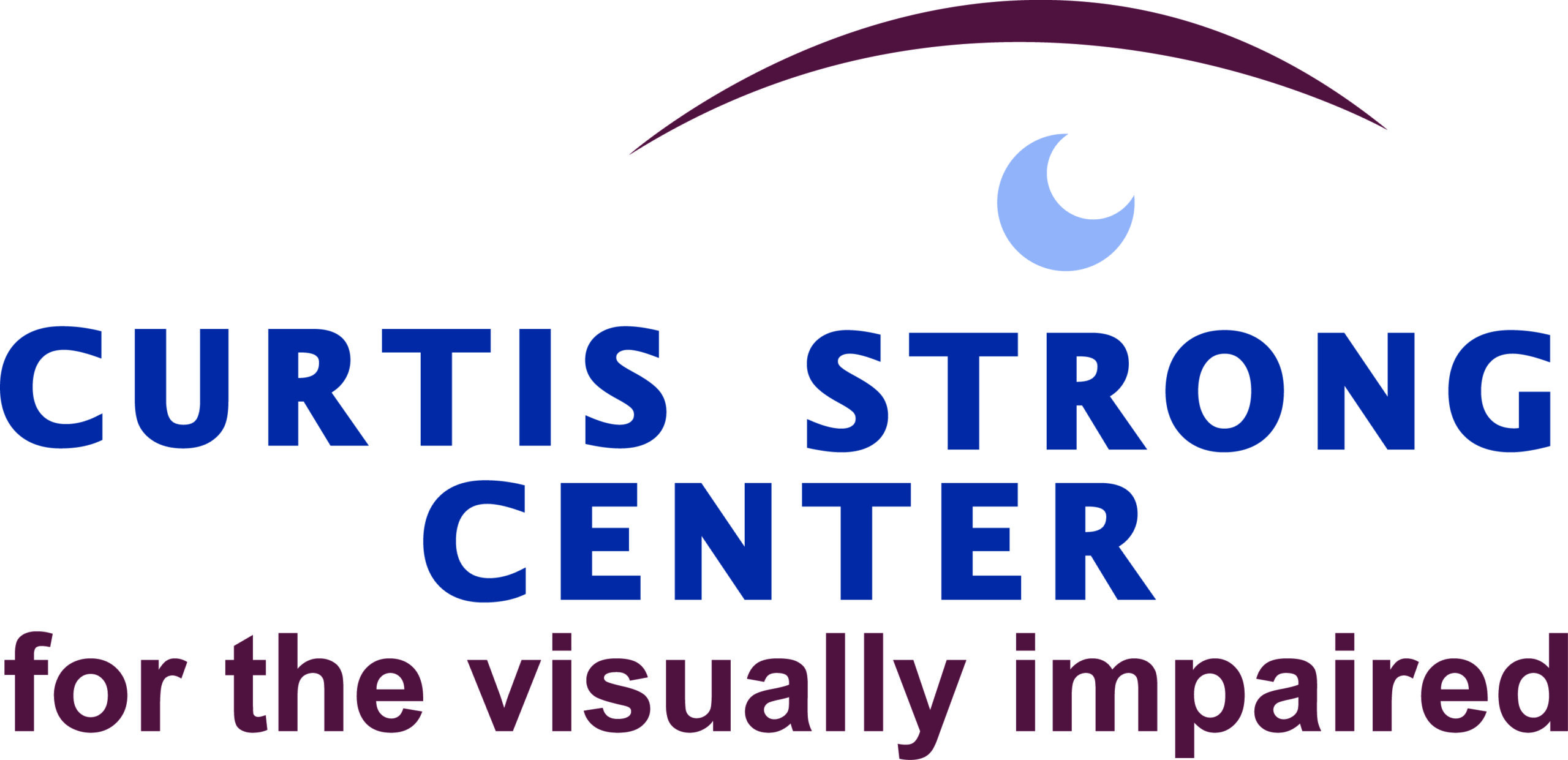
The researchers were led by Rohit Varma, M.D., director of the University of Southern California’s Roski Eye Institute, Los Angeles, and published their analysis May 2016 in JAMA Ophthalmology. Varma and his colleagues project that the number of people with legal blindness will increase by 21-percent each decade and up to two million by 2050.
“These findings are an important forewarning of the magnitude of vision loss to come. They suggest that there is a huge opportunity for screening efforts to identify people with correctable vision problems and early signs of eye diseases,” said NEI Director Paul A. Sieving, M.D., Ph.D.
In terms of absolute numbers, non-Hispanic whites, particularly white women, represent the largest proportion of people affected by visual impairment and blindness, and their numbers will nearly double. By 2050, 2.15 million non-Hispanic, white women are expected to be visually impaired, and 610,000 will go blind.
African Americans currently account for the second-highest proportion of visual impairment, but that is expected to shift to Hispanics around 2040, as the Hispanic population—and particularly the number of older Hispanics—continues to grow. Hispanics have particularly high rates of diabetes, which is associated with diabetic eye disease, a treatable cause of visual impairment. African Americans are expected to continue to account for the second highest proportion of blindness.
“African Americans are at disproportionately high risk for developing glaucoma, a potentially blinding eye disease that typically causes the loss of peripheral, but not central vision, so people tend to not realize that they are losing their vision and do not seek treatment,” said Varma.
The researchers analyzed data on visual impairment and blindness from six large studies: the Beaver Dam Eye Study (Beaver Dam, Wisconsin), Baltimore Eye Survey and Salisbury Eye Evaluation Study (Maryland), the Chinese American Eye Study (Monterey Park, California), Los Angeles Latino Eye Study, and Proyecto VER (Nogales and Tucson, Arizona). They used the 2014 census and population growth projections to estimate the nationwide prevalence of vision impairment and blindness now and in 2050.
(Submitted by Lynda McCullough)

